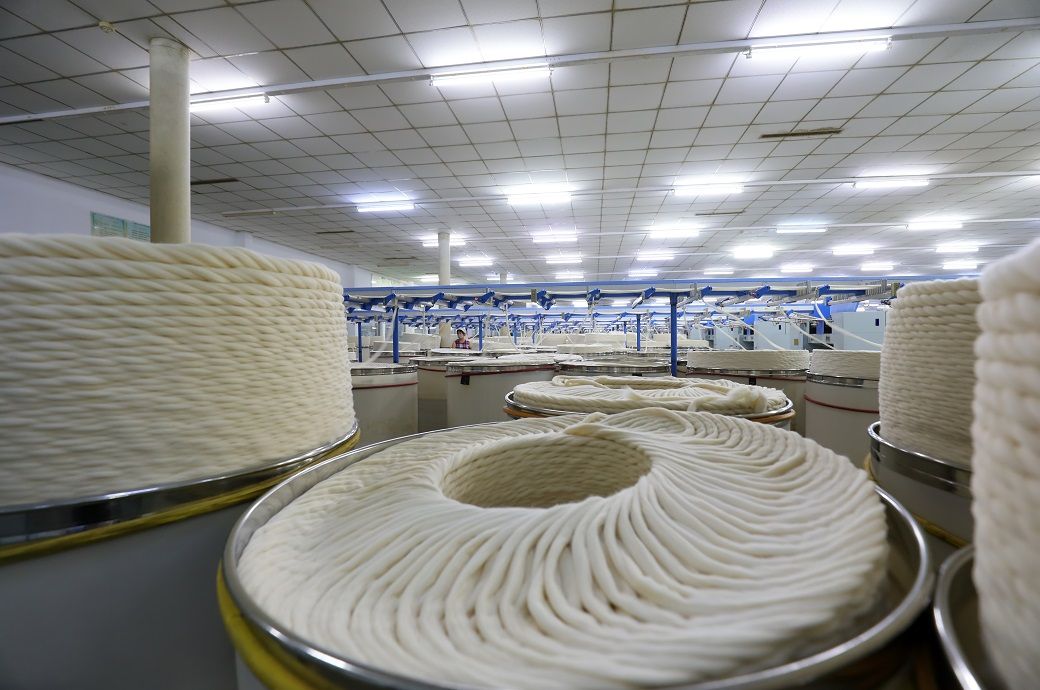

Several companies like TrusTrace, SupplyShift and TextileGenesis have developed technologies that use blockchain and AI to trace supply chains for fashion labels. Brands can use the platforms provided by these companies to feed all their purchase orders and certifications. Industry sources indicated that brands need to show a complete digital chain of custody to prove conclusively an absence of Xinjiang cotton. If a brand is fully in control of its supply from the farm onwards, it will not be impossible to trace a gene by using the latest technologies.
An industry expert told Fibre2Fashion, “US authorities have complete information regarding genes of Xinjian produced cotton. Technology has made is easier to trace the gene in the entire value chain.” He said that if an exporter purchases yarn from any country, and if the raw material i.e., cotton of a particular lot of yarn is originated from Xinjiang region, then the original gene is very much traceable. By using blockchain and AI, technology companies can conclusively prove that a particular lot of yarn or garment is made from cotton produced in Xinjian region of China or not.
Industry sources said that there is a feeling of uneasiness among exporters who use raw materials imported from various countries. If the gene of Xinjiang region is found in end products at US ports, the authorities will fine heavily. Therefore, a number of technology companies have geared up to provide services to garments’ brands present in the US market. These brands trace the entire value chain with the help of technology companies. These brands import garments from various exporting countries, and hence they have to monitor supplies not only from China but also from other countries, because exporters can use raw materials imported from any other country.
The ban on Chinese cotton has already influenced cotton prices. Chinese cotton is losing ground due to slower demand. While export of fabrics, yarn and cotton produced in other countries is growing. So, there is a high possibility that the global textile value chain may undergo a paradigm shift due to this development.
With 24.73 per cent share, China was the largest garment supplier to the US in 2021. According to Fibre2Fashion’s market insight tool TexPro, Vietnam (17.26 per cent), Bangladesh (8.33 per cent), India (5.11 per cent) and Indonesia (4.04 per cent) were the next four largest suppliers to the US. However, China’s share reduced to 20.90 per cent in the US’ total apparel import of $49.755 billion during the first half 2022. On the other hand, the share of the next four apparel supplying countries increased during the period. The share of Vietnam rose to 18.28 per cent, Bangladesh 9.65 per cent, India 6.47 per cent, and Indonesia 6.07 per cent. Thus, the declining share of China in US apparel imports is resulting in an increase in the share of other Asian countries, indicating a dynamic shift in global textile production and trade.
Fibre2Fashion News Desk (KUL)